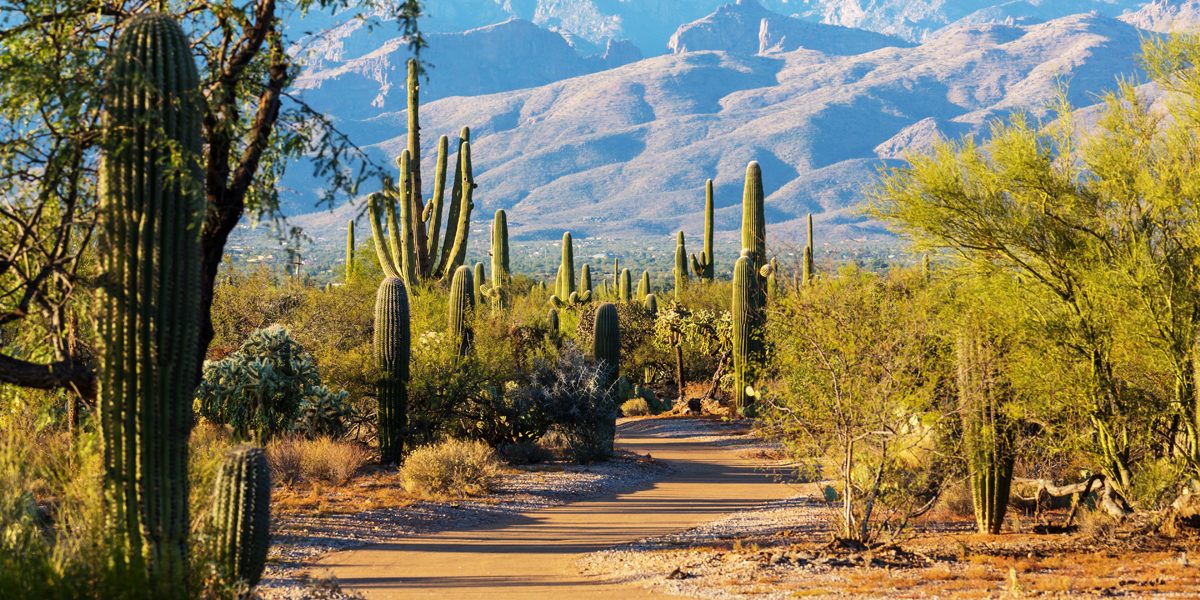Cacti reproduce in a variety of ways, including:
- Sexual reproduction: Cacti can reproduce sexually by producing flowers and seeds. The flowers are pollinated by insects or the wind, and the seeds are then dispersed by animals or the wind.
- Asexual reproduction: Cacti can also reproduce asexually by producing offsets, which are small clones of the parent plant. Offsets can be detached from the parent plant and grown into new plants.
- Polyembryony: Some cacti species can produce multiple embryos from a single seed. This is called polyembryony. Polyembryony can occur naturally or it can be induced by artificial means.
The most common way for cacti to reproduce is by sexual reproduction. However, some cacti species are more likely to reproduce asexually, such as offsets. The method of reproduction that a cactus uses depends on the species and the environmental conditions.
Here are some additional details about each method of reproduction:
- Sexual reproduction: Cacti flowers are typically pollinated by insects, but they can also be pollinated by the wind. The flowers produce pollen, which is transferred to the stigma of another flower. The pollen then fertilizes the ovules in the flower, which eventually develop into seeds. The seeds are dispersed by animals or the wind.
- Asexual reproduction: Cacti can produce offsets, which are small clones of the parent plant. Offsets can be detached from the parent plant and grown into new plants. Offsets are often produced when a cactus is stressed, such as by drought or injury.
- Polyembryony: Polyembryony is a phenomenon in which multiple embryos develop from a single seed. This can occur naturally or it can be induced by artificial means. Polyembryony is more common in some cacti species than others.
The Lifecycle of a Cacti
The lifecycle of a cactus is similar to that of other flowering plants. It begins with the germination of a seed, which then grows into a seedling. The seedling develops into a mature plant, which produces flowers and seeds. The seeds are then dispersed, and the cycle begins again.
Here are the different stages of the lifecycle of a cactus:
- Germination: The first stage of the lifecycle is germination. The seed absorbs water and begins to grow. The seed coat splits open, and the seedling emerges.
- Seedling: The seedling is the young plant that grows from the seed. The seedling has a small root system and a few leaves. The seedling grows slowly at first, but it will eventually grow into a mature plant.
- Mature plant: The mature plant is the adult cactus. The mature plant has a well-developed root system and a large number of leaves. The mature plant produces flowers and seeds.
- Pollination: The flowers of the cactus are pollinated by insects or the wind. The pollen from the male flower fertilizes the ovules in the female flower.
- Fruit and seeds: The fertilized ovules develop into fruits. The fruits contain seeds. The seeds are dispersed by animals or the wind.
- Germination of seeds: The seeds germinate and the cycle begins again.
The lifecycle of a cactus can take many years. Some cacti species can live for hundreds or even thousands of years.
Here are some additional facts about the lifecycle of cacti:
- Cacti are adapted to live in arid environments. They have thick, fleshy stems that store water. They also have spines that help to reduce water loss.
- Cacti flowers are often brightly colored and fragrant. They attract insects that help to pollinate the flowers.
- Cacti seeds are often small and lightweight. They are easily dispersed by animals or the wind.
- Some cacti species can reproduce asexually by producing offsets. Offsets are small clones of the parent plant.
What Happens When A Cacti Dies?
When a cactus dies, it will eventually decompose. The process of decomposition can take several years, depending on the environment. In the first stages of decomposition, the cactus will start to dry out and shrivel. The spines will fall off, and the flesh will start to break down.
As the decomposition process continues, the cactus will become soft and mushy. The bacteria and fungi that are responsible for decomposition will break down the plant’s tissues. The nutrients from the cactus will be released into the soil, where they can be used by other plants.
Eventually, the cactus will be completely decomposed, leaving nothing but a skeleton behind. The skeleton may remain in the soil for many years, or it may be broken down by further decomposition.
The exact process of decomposition will vary depending on the type of cactus and the environmental conditions. However, the general process is the same for all cacti.
Here are some factors that can affect the decomposition of a cactus:
- The type of cactus: Some cacti decompose more quickly than others. For example, soft cacti, such as opuntias, decompose more quickly than hard cacti, such as saguaros.
- The environment: The environment can also affect the decomposition of a cactus. Cacti that are buried in the soil will decompose more quickly than cacti that are exposed to the air.
- The presence of animals: Animals, such as rodents and insects, can also help to decompose cacti. They will eat the flesh of the cactus and help to break it down.
The decomposition of a cactus is a natural process that helps to return nutrients to the soil. It is an important part of the ecosystem.
AP Nursery Sells All Your Gardening Needs
AP Nursery is excited to help you transform your outdoors with all your gardening needs in Mesa, Gilbert, Queen Creek, Tempe, and the rest of the East Phoenix Valley. Contact us, today!






